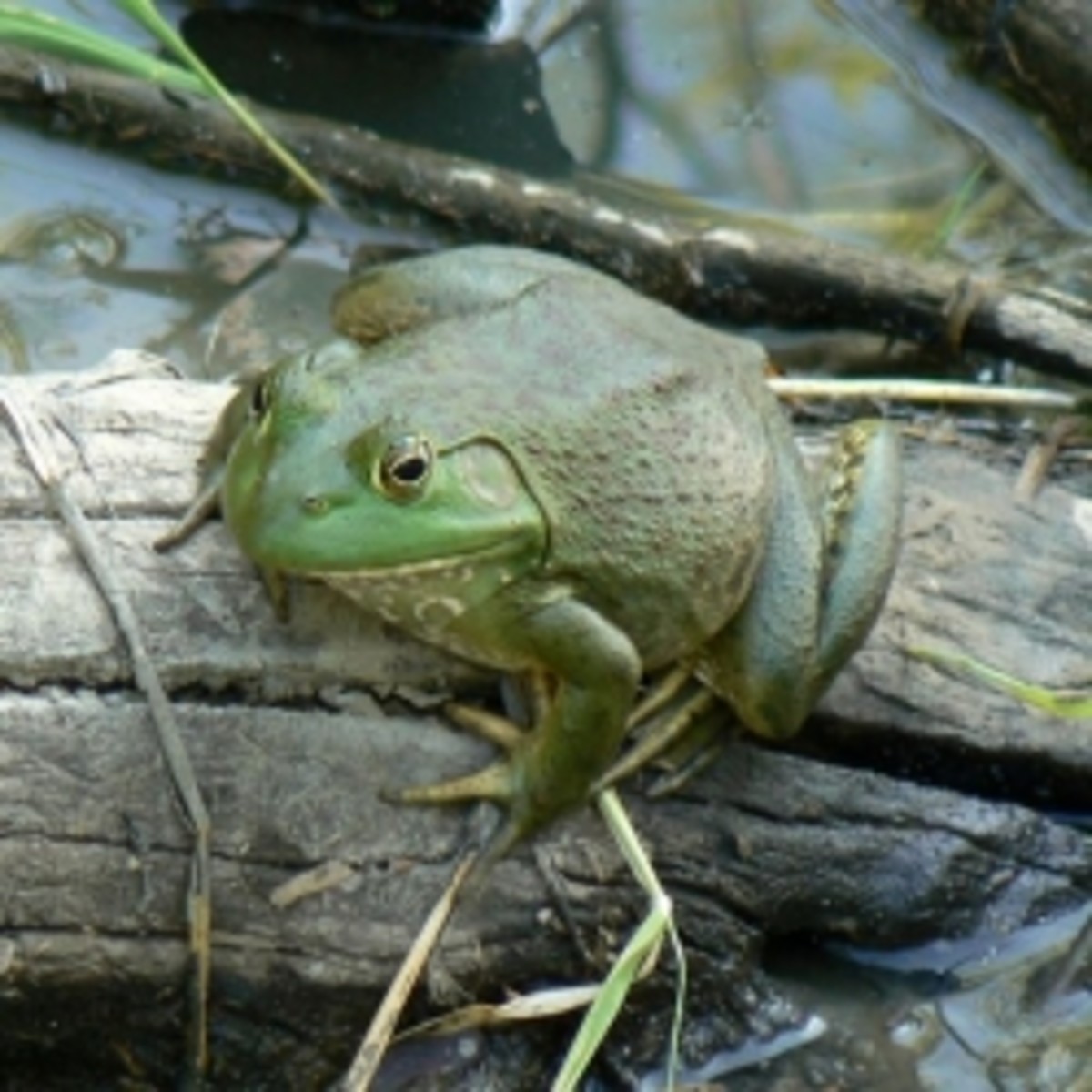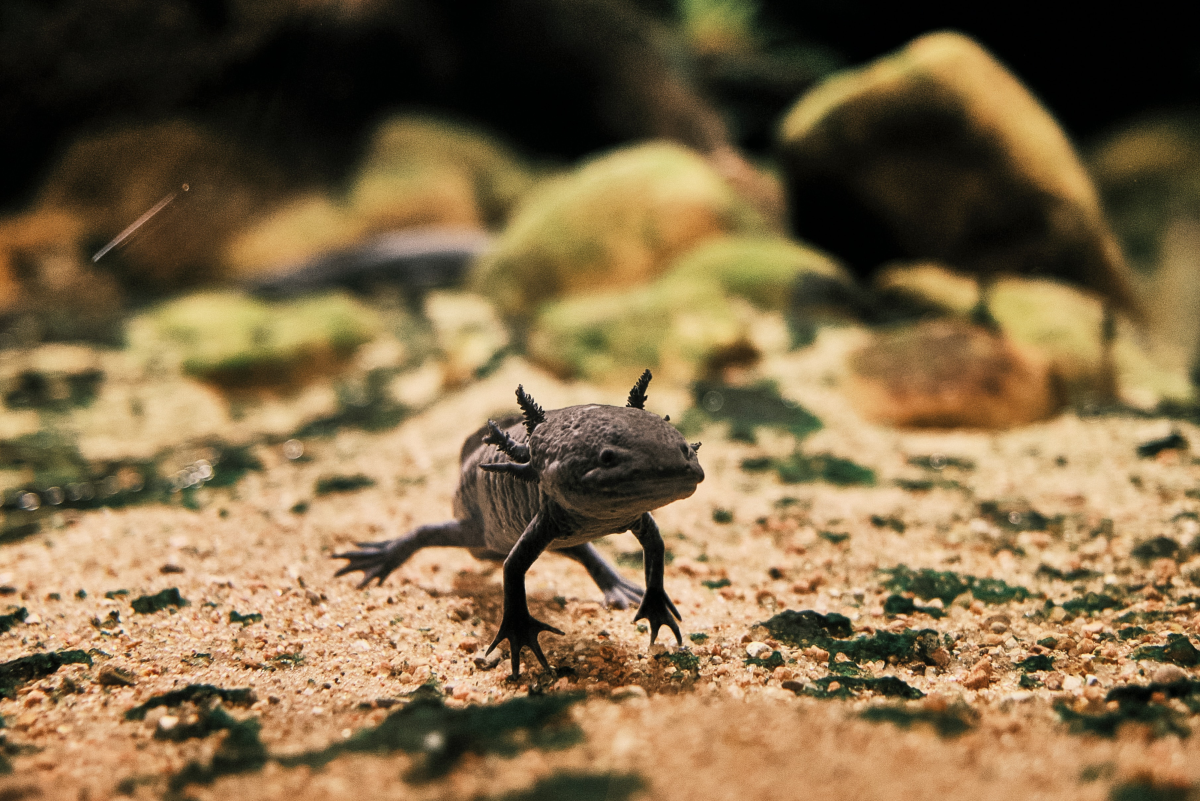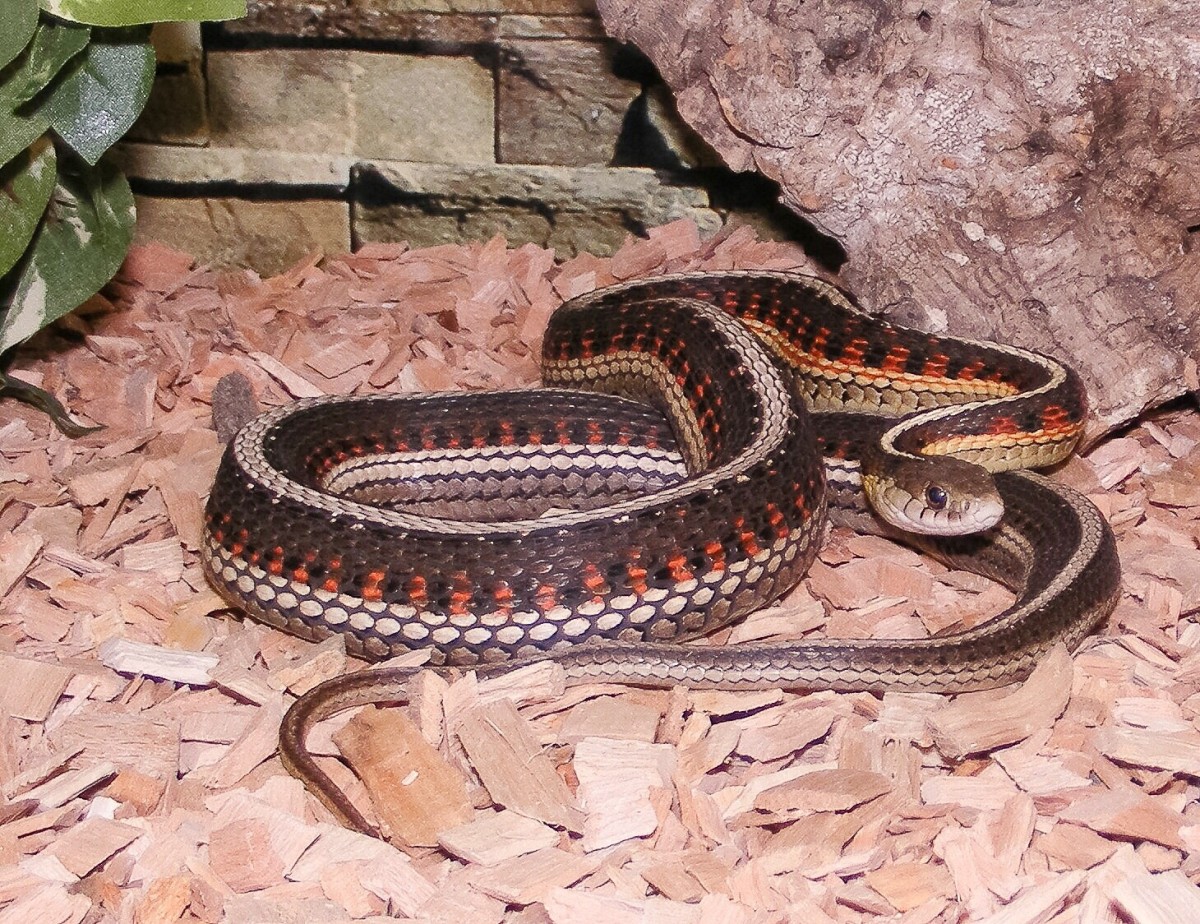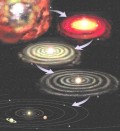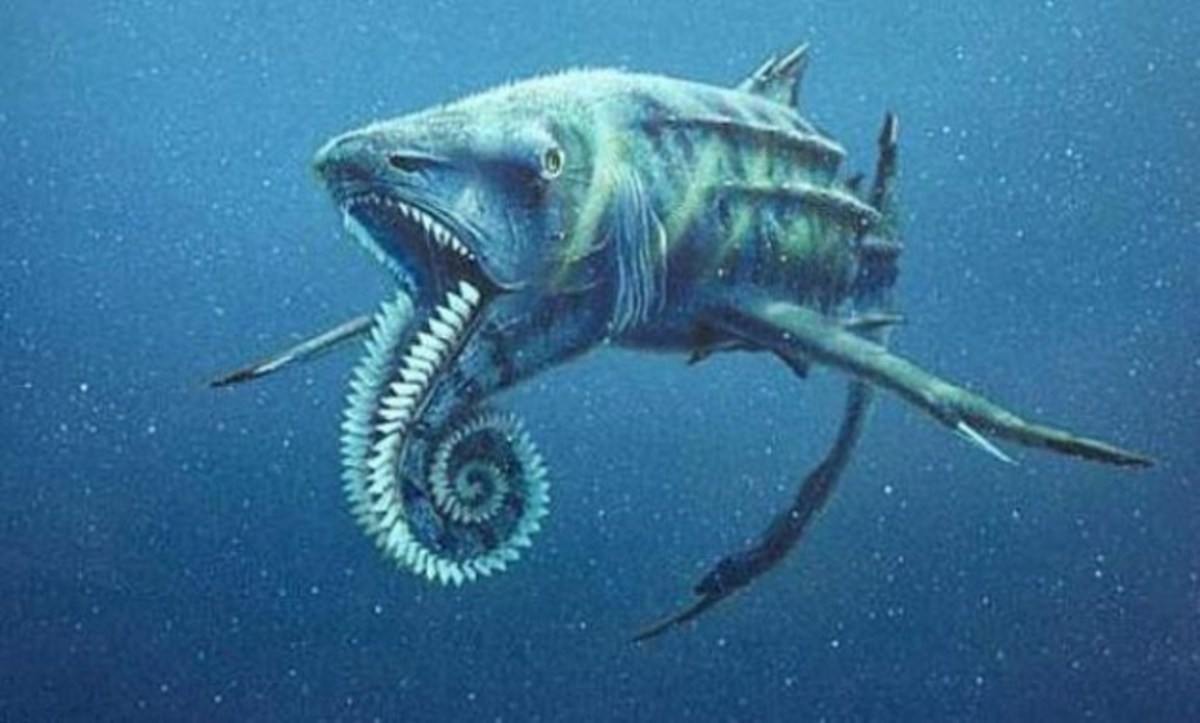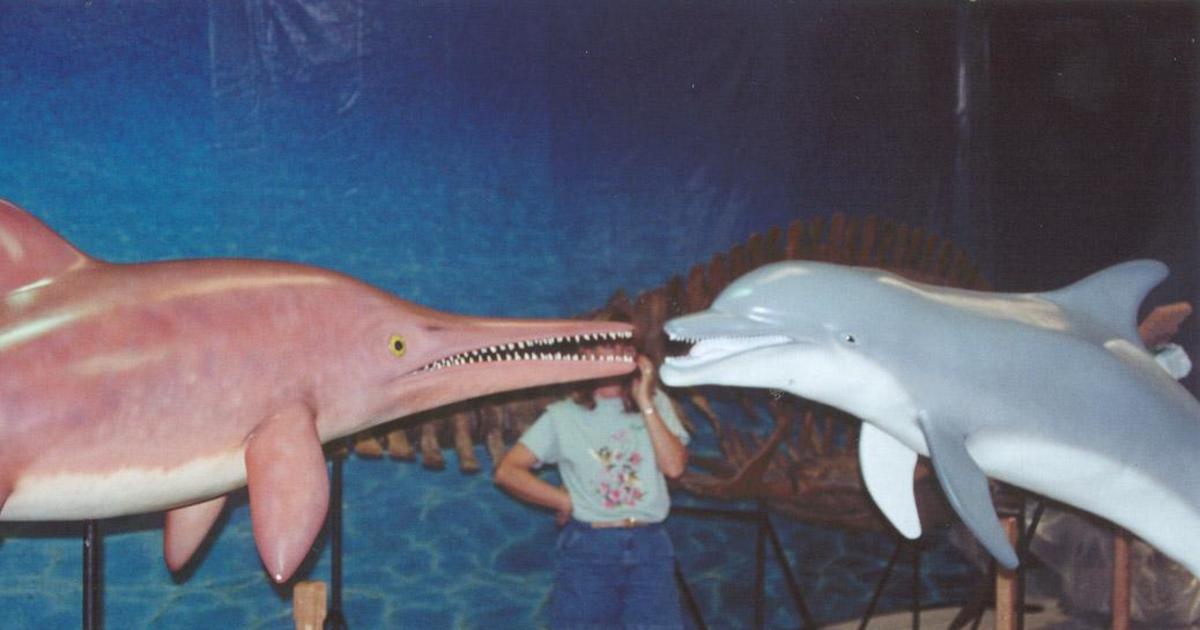- HubPages»
- Education and Science»
- Life Sciences»
- Paleontology
Missing Links....That's The Least Of The Problem!
If you have more questions on creation/evolution, please visit:
- Answers in Genesis - Creation, Evolution, Christian Apologetics
Answers in Genesis is an apologetics (i.e., Christianity-defending) ministry, dedicated to enabling Christians to defend their faith and to proclaim the gospel of Jesus Christ effectively.
Gaps Aren't The Only Problem
For years the theory of evolution has had the problem of missing links. These are the supposed transition animals from one creature to another. When you believe that animals took thousands of generations to change from one type of creature to another type of creature, you would expect to see fossilized "in-between" forms. These transitions would show the development of different characteristics such as wings, feet, jaws, etc.
This is still a problem for evolutionists. After all, it isn't one or two creatures we're talking about! There should literally be thousands! The lines between different types of animals should not be nearly as clear to us as they are.
Unfortunately, due to the imagination of evolutionist and evolutionary artist, the average person probably doesn't realize this issue still exists. By putting feathers on dinosaurs and calling them ancestral birds, putting hair on reptiles and calling them ancestral mammals, and putting fins on pigs and calling them ancestral whales - the clearly defined boundaries in the fossil record have become blurred. All of this was done purely by imagination, not evidence!
Still, arguing from the standpoint of "missing links" has gotten a reputation as being uneducated and uninformed. The media has added to this problem by amplifying any new claim of "missing link."
But the idea of one type of animal gradually becoming another type has more problems than a missing fossil or two. There are incredible physiological leaps that would have to be addressed. For example, you simply cannot turn a mouse into a bat without overcoming some impossible challenges!
Here are merely 4 such examples!

1. Non-life to Life
In 1864, Louis Pasteur described what has been called the Law of Biogenesis. It is simply this, "Life comes from life." Pasteur added, "Spontaneous generation is a dream."
In Germany, a scientist named Rudoph Virchow went even further than Pasteur. He decared, "every cell arises from a pre-existing cell."
That law has held up to every challenge, every test, every time. No amount of laboratory work, no amount of natural studies, and no amount of government grants has ever been able to prove the opposite. Whenever you see life - no matter how "simple" or "complex" - it has always come from life!
So why are we forcing our kids to listen to fairy tales about "primordial soup" and the "first microscopic organisms"? Why aren't they being taught real science - life always comes from life?
2. Fish to Amphibian
Another impossible jump for the theory of evolution is that from fish to amphibian. Evolutionist state that fish gradually changed into amphibians over time.
For years, textbooks showed a certain type of fish crawling out of the water and slowly evolving into amphibians. Because that kind of fish was extinct, it wasn't clear what its anatomy was like. So, as is usually the case, imagination filled in the gaps. It was depicted as a shallow-water fish, using its muscular fins to crawl over rocks and vegetation in the water. Eventually, we were told, it used these fins to crawl out of the water.
That type of fish was the coelacanth.
What a shock it was to discover living specimens off the coasts of South Africa! Even more shocking to the evolutionary theory is the fact that it is a deep-water fish! Most coelacanths that are caught are nearly dead by the time they are gotten to the surface. Believe it or not; instead of crawling, the coelacanth's fins are used for swimming.
It isn't surprising that the supposed transition form between fish and amphibians was a bust. After all, think about the differences between fish and amphibians:
Fish breathe through gills, amphibians breath through lungs. Fish (at least the type said to evolved into amphibians) have scaly skin, while amphibians have thin, smooth skin. Fish have spiny fins, amphibians have muscular legs.
This is one gap for which there is no bridge
Does this look like a fish to crawl out of the water?
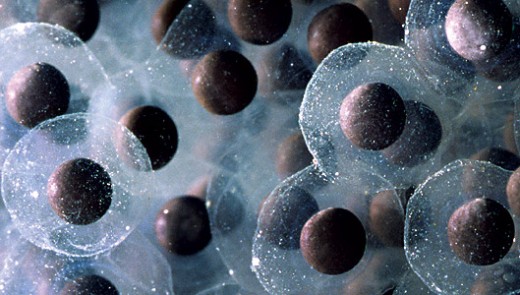
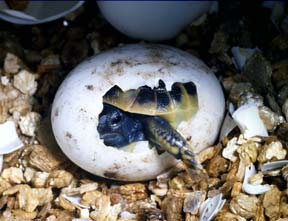
3. Amphibian to Reptile
Next comes the jump from amphibian to reptile.
In case you weren't paying attention in biology, here are the major differences between amphibians and reptiles:
Amphibians have thin, moist skin. It must be kept damp, since it doesn't retain moisture. A substantial part of many amphibians oxygen is actually absorbed directly into its skin. This gives them an advantage in the water, allowing them to stay submerged for longer periods of time.
Reptiles on the other hand, have stronger skin covered in scales. Their skin is watertight and very efficient at retaining moisture. In fact many reptiles inhabit the driest deserts on earth!
So how could these creatures gradually go from permeable, moist skin that provides extra oxygen to thick, scaly, watertight skin?
Another important difference between reptiles and amphibians is the egg. Amphibians lay their eggs in the water. Their jelly-like casing is ineffective at retaining moisture and the embryo would die if it dried out. Therefore, no matter how terrestrial the amphibian is - it must return to the water to lay its eggs.
Reptile eggs have a thick shell around them. This shell is porous to allow for air intake, yet watertight to hold in moisture. Reptile eggs need no external moisture to remain viable. However, these eggs will quickly drown when submerged in water. Therefore, no matter how aquatic the reptile is - it must return to land to lay its eggs.
So where would the transitional egg be laid?
Short Video Series On The Beautiful Design Of Feathers And Their Role In Flight
4. Reptile to Bird
First of all, this needs to be said...feathered dinosaurs have never been found! There has been some dinosaur fossils found with fibers surrounding them - but it's likely they're simply frayed collagen fibers. The same type of fraying occurs as modern sea snake scales decay. The only reason the frayed fibers were interpreted as feathers is because of dinosaur-to-bird dogma!
The simple fact is...reptile scales and bird feathers have absolutely nothing in common! Scales (including dinosaur scales) are simple, hardened folds in the skin. Feathers grow out from under the skin - from follicles. In fact feathers are more like hair, only much more complex!
But there are still many more differences between birds and their supposed theropod ancestors:
Theropods are notorious for powerful hind legs and weaker forelegs. Even the strongest of theropod arms are puny compared to their massive hind legs. Flying birds are just the opposite. Their winged forelimbs are far stronger than their tiny legs!
Theropods had simple hollow cavities in their bones to lighten their weight. Birds have hollow, tubular bones systematically reinforced with struts to give strength yet still be lightweight.
As reptiles, there is no evidence that theropod dinosaurs were warm-blooded. Birds, however, have the highest average temperature of any class of animals - even higher than mammals!
Reptiles, like mammals, have simple bellows-type lungs. Airflow is "in-out" and the air is only processed for oxygen once before being expelled. In contrast, birds have the most complex lungs of any creature. Bird respiration is unidirectional, flowing through a series of air sacs in the lungs to extract more oxygen from it before it is exhaled.
These are serious obstacles for reptiles to overcome on their way to being birds. Why isn't this addressed in evolutionary textbooks?
Real Selection vs. Fairy Tales
Although I have no issue with animals changing (they do it all the time), the changes we see are always within boundaries. We've seen dogs change into other dogs - but we've never seen a dog change to a bear. We've seen horses change, but it has always been into a different horse!
It's easy for us to observe the boundaries of different animal types - that is the limits of their change. So why do evolutionist insist that larger changes occurred before we could observe them? Why is it that most "transitional forms" are always new or incomplete fossils that leave a lot to the imagination?
I believe it's because that is the only place evolution occurs - in the imaginations of atheists.

